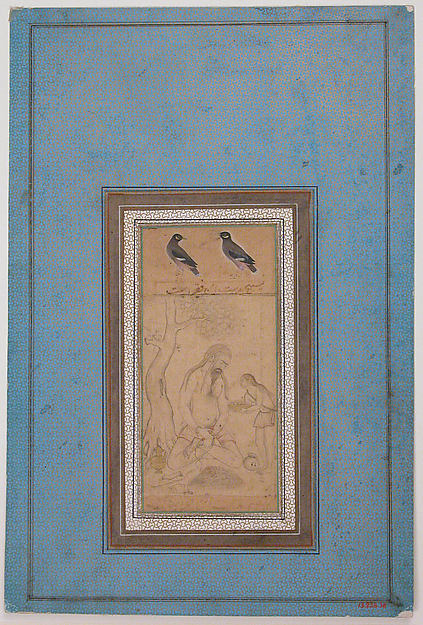سلسلہ جوگیاں
سیتل سنگھ بےخود

This is not about the book. I have not read the book. I attended a lecture on the book and this is my take on the information I learned.
As the language of his work and higher thoughts was Islamasized Persian, that is the language and terms he used to describe his subject. His nomenclature was Islamic and not Indian. For example, the sects are mentioned as mazahib and firqas. The relationship between master and the disciple is termed as Pir and Mureed and so forth.
Perhaps the origin of the Indian mysticism was older than Islam's advent, but development and progression of various Indian orders were heavily influenced by Muslim mystics. These munshis themselves became spiritually and intellectually involved in the viewing all this through an Islamic prism.
Of the various sects, firqa's he describes, the more notables are
vanisha, shiva, shakti, akashwasi's, sabwasi, nanakshahi and jain.
They include those mystics who would go out in the wilderness, or worship a certain deity, or exist as couples, or get involved in certain rituals like looking at the skies or having the hands up in the air for extended period of times (months), or various other ascetic practices.
They include those mystics who would go out in the wilderness, or worship a certain deity, or exist as couples, or get involved in certain rituals like looking at the skies or having the hands up in the air for extended period of times (months), or various other ascetic practices.
In Arabic, the earliest is by Ibn Khordadbih 820-912 in his kitabe masalik wa malamik in which he explains the different people of Abbasid Caliphate including Indian sub continent.
Written in Persian and Greek.
. http://www.unc.edu/~cernst/index.html







